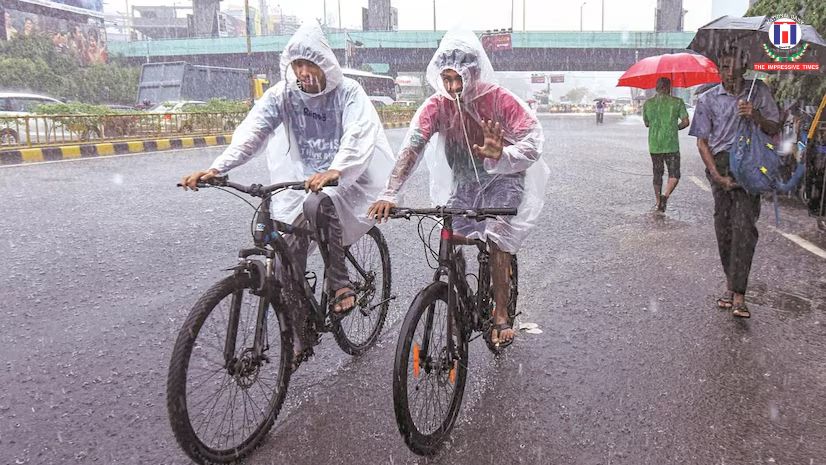
New Delhi, April 23 ,2025 — In a double boost to the Indian economy, the India Meteorological Department (IMD) has forecast a better-than-average monsoon this year, while retail inflation has eased to its lowest level in five years. These developments are expected to support agriculture, ease pressure on household budgets, and accelerate economic recovery.
The IMD has predicted that India will receive 105% of the Long Period Average (LPA) rainfall during the southwest monsoon season. This is 5% higher than the normal range and is being viewed as a highly encouraging sign, particularly for the country’s agriculture-dependent rural economy.
A stronger-than-usual monsoon generally leads to higher crop yields and better water availability across the country. It reduces dependence on artificial irrigation in rain-fed areas and replenishes water reservoirs, supporting both farming and drinking water supplies. With key kharif crops such as rice, pulses, and oilseeds reliant on monsoon rains, the above-normal forecast has lifted expectations of robust farm output this year.
“A healthy monsoon can provide the much-needed momentum to agriculture and allied sectors, increase rural income, and improve consumer demand,” said a senior official from the Ministry of Agriculture.
Simultaneously, retail inflation — measured by the Consumer Price Index (CPI) — has dipped to its lowest point in the past five years. The latest data shows inflation easing significantly due to a decline in prices of essential commodities like vegetables, cereals, and pulses. This has provided relief to consumers and strengthened purchasing power, particularly in rural areas.
Analysts believe this rare convergence of a favorable monsoon forecast and low inflation could create a ripple effect across sectors. A strong harvest could keep food prices in check, while higher rural incomes may boost demand for consumer goods, housing, and small-scale services.
“This twin development is good news for the economy. It may allow the Reserve Bank of India to consider rate cuts or take supportive policy measures in the months ahead,” said Rahul Bajaj, an economist at a leading financial firm.
The government has also expressed optimism, with officials noting that preparations are underway to ensure that farmers can fully benefit from the favorable weather. Plans include timely seed distribution, enhanced crop insurance coverage, and better market linkages to boost farm incomes.
The southwest monsoon typically begins in Kerala by early June and progresses northward. Its timely arrival and even distribution across regions will be critical in translating this forecast into tangible economic gains.
As India navigates global economic headwinds, a strong monsoon and declining inflation may together provide the much-needed foundation for a broad-based and sustainable recovery in the second half of the year.











No Comments: